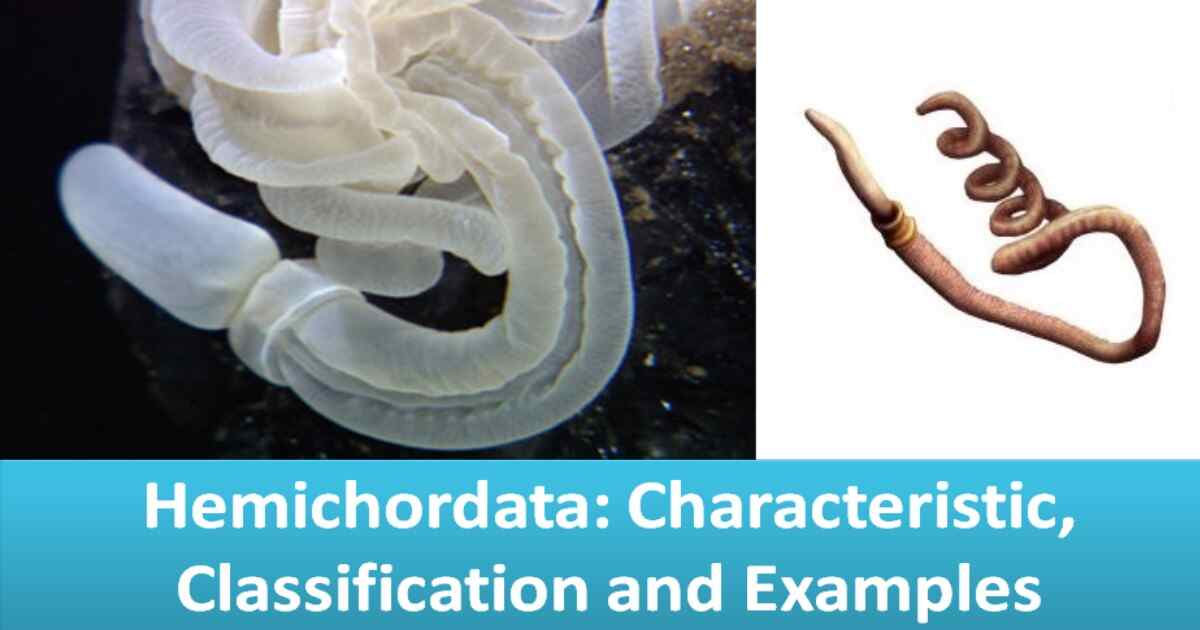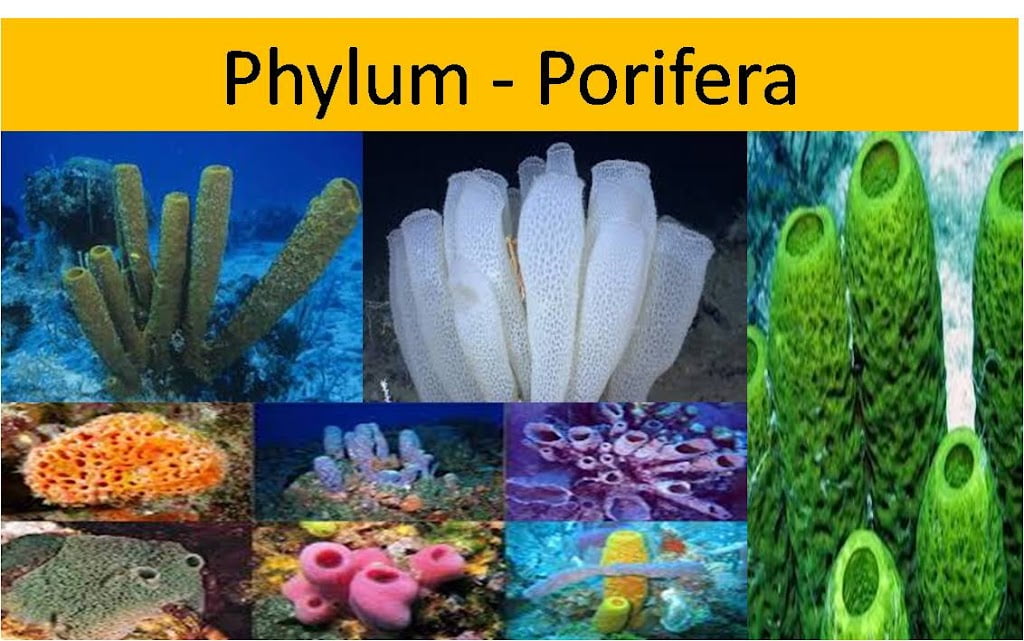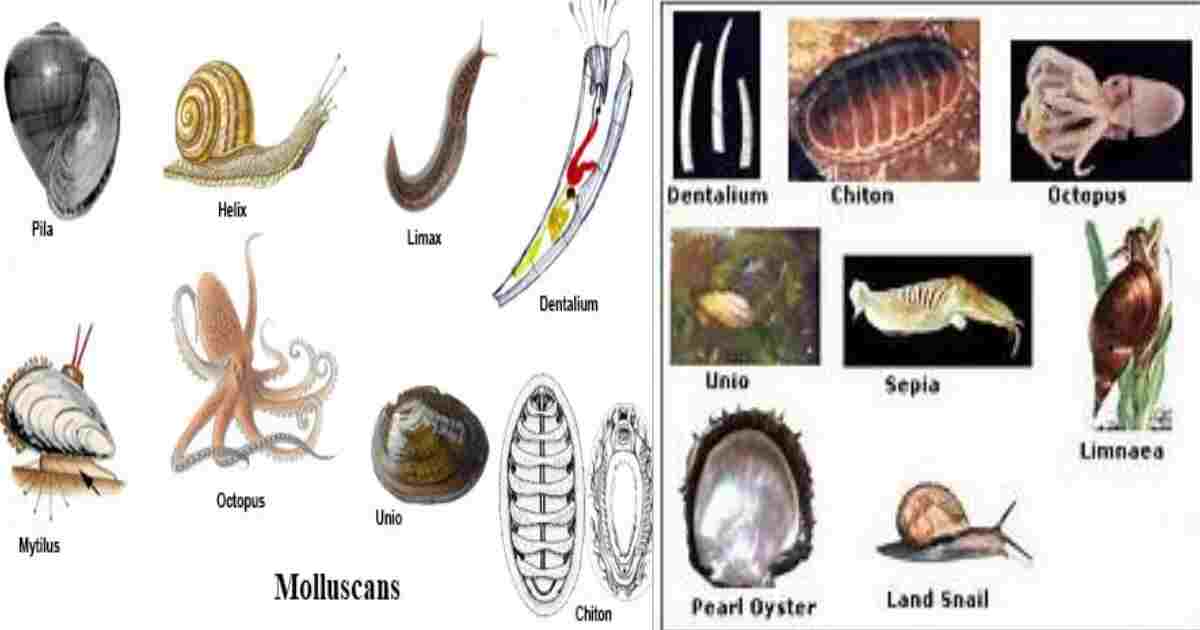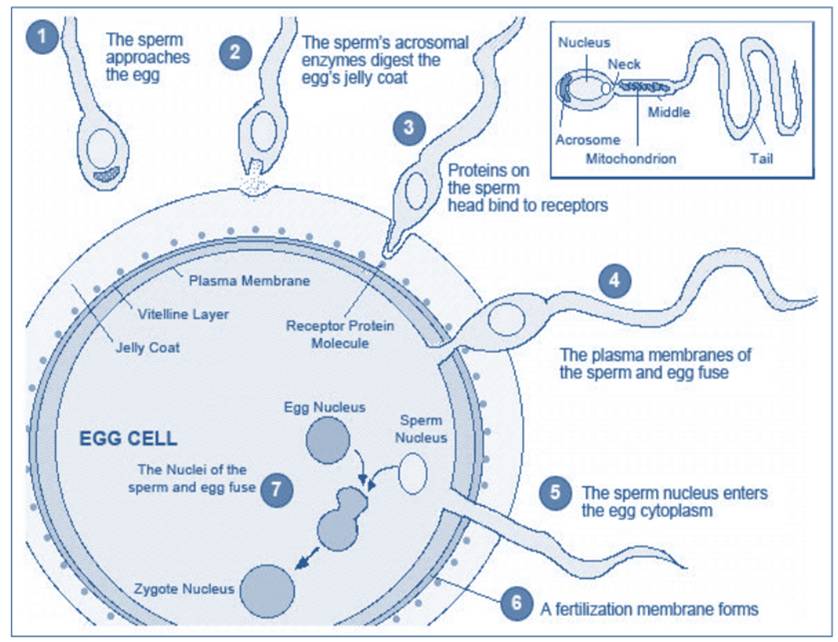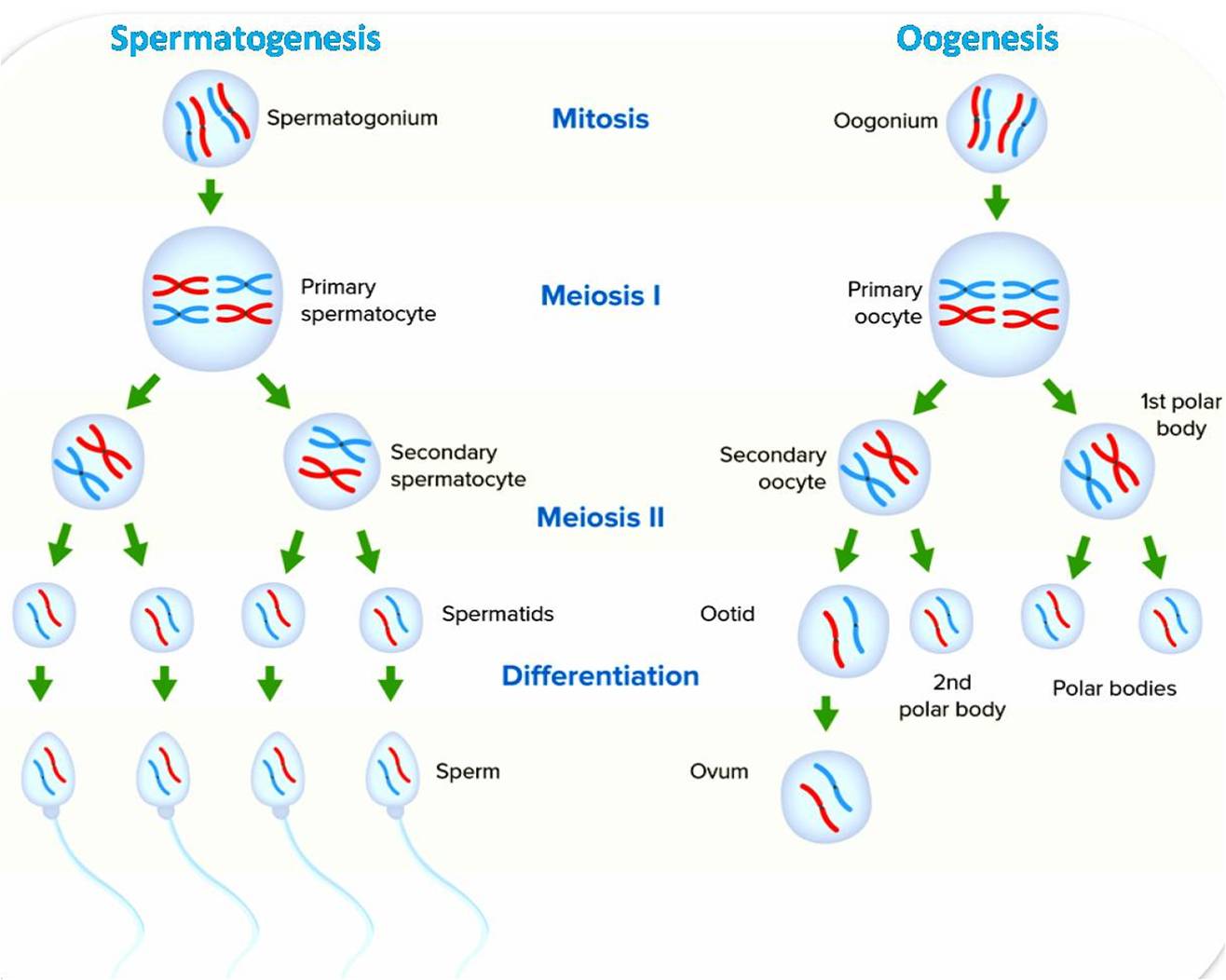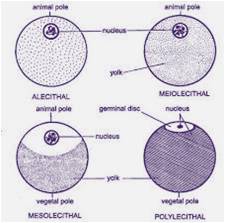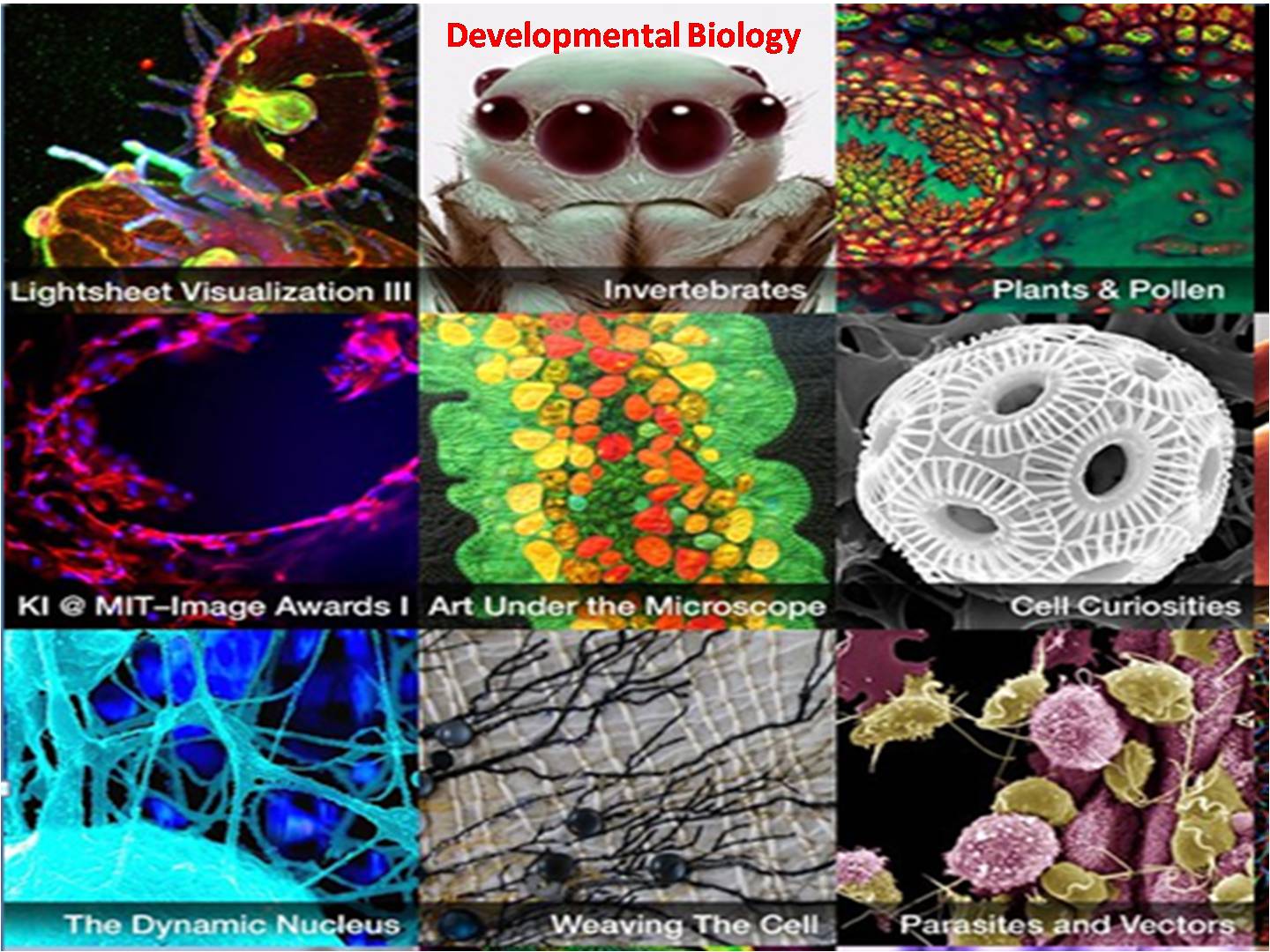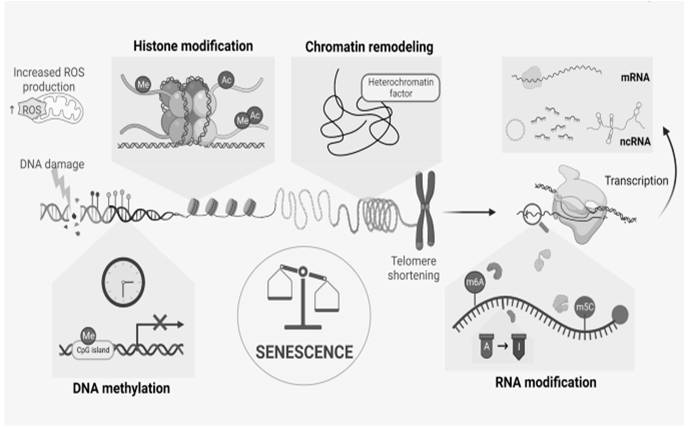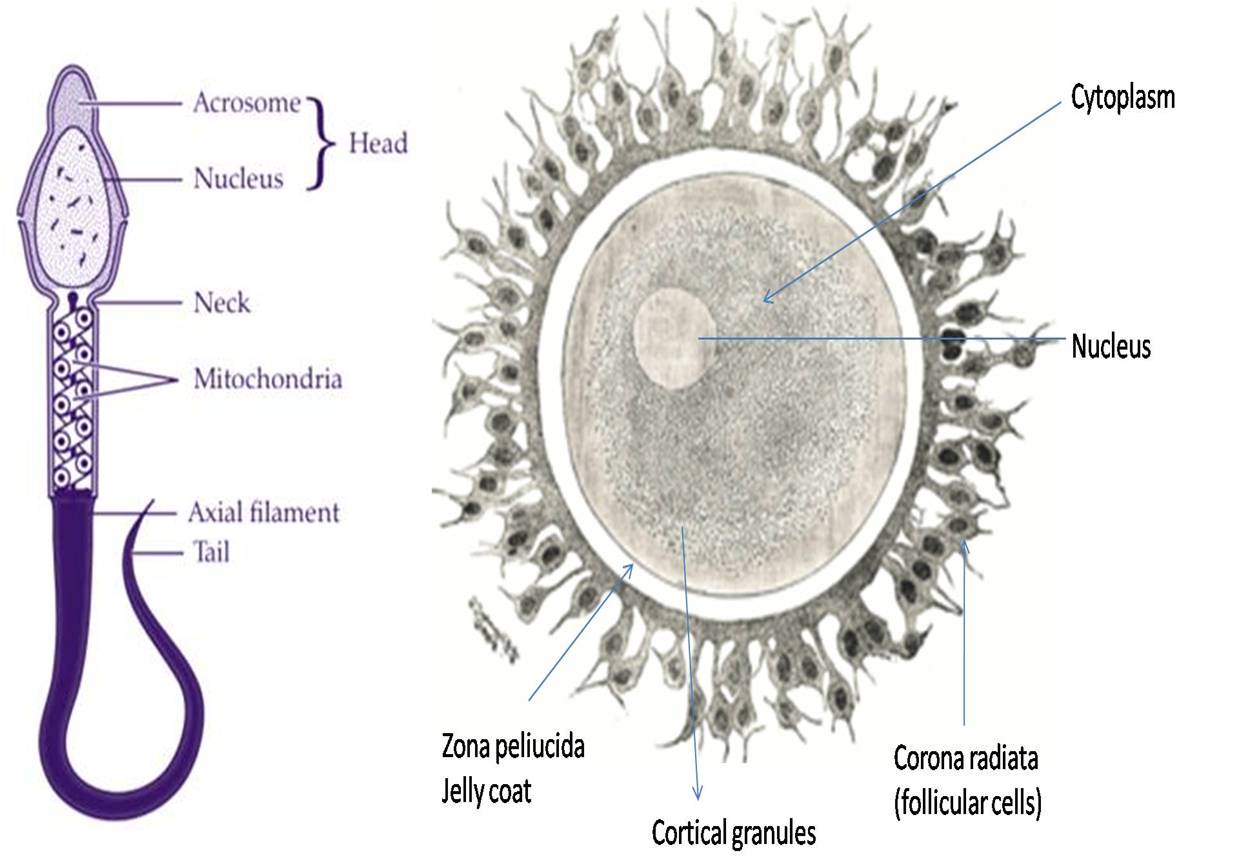Fertilization: It is the process of two sex cells, or gametes, fusing together to form a new zygote. This process is essential for reproduction in all sexually reproducing organisms. In animals, fertilization typically occurs internally, meaning that the sperm cell fertilizes the egg cell inside the female body. This is in contrast to external fertilization, which is common in plants and aquatic animals.
Steps for Mechanism of fertilization
The mechanism of fertilization involves several steps:
Sperm preparation: Sperm cells are produced in the male reproductive organs and are stored in the testes. When ejaculated, sperm cells are not yet able to fertilize an egg. They must first undergo a process called capacitation, which occurs in the female reproductive tract. During capacitation, the sperm cell’s plasma membrane changes and the acrosome, a cap-like structure at the head of the sperm cell, becomes more active.
Sperm-egg recognition and binding: Once the sperm cell is capacitated, it can recognize and bind to the egg cell. This process is mediated by a variety of proteins and other molecules on the surface of the sperm and egg cells.
Sperm-egg fusion: Once the sperm cell has bound to the egg cell, it fuses with the egg cell membrane. This fusion is triggered by the acrosome reaction, which releases enzymes that break down the egg cell membrane.
Fusion of sperm and egg pronuclei and activation of the zygote: Once the sperm cell has fused with the egg cell, the sperm and egg pronuclei (nuclei) fuse together to form the zygote nucleus. The zygote nucleus contains a complete set of chromosomes from both the sperm and egg cells. Activation of the zygote is a complex process that involves a variety of biochemical events. Once the zygote is activated, it begins to divide and develop into an embryo.
- Recognition and Binding: Once in the female reproductive tract, sperm must navigate toward the egg. They do this by following chemical signals released by the egg. When a sperm reaches the vicinity of the egg, it must recognize and bind to the zona pellucida, a glycoprotein layer surrounding the egg.
- Acrosomal Reaction: The head of the sperm contains a structure called the acrosome, which is filled with enzymes. Upon binding to the zona pellucida, the sperm undergoes the acrosomal reaction, releasing these enzymes. These enzymes help the sperm penetrate through the zona pellucida to reach the egg’s plasma membrane.
- Fusion of Plasma Membranes: Once a sperm successfully penetrates the zona pellucida and reaches the egg’s plasma membrane, it binds to specialized receptors on the egg’s surface. This binding triggers a series of biochemical changes in both the sperm and egg membranes, ultimately leading to the fusion of the two membranes.
- Block to Polyspermy: To prevent multiple sperm from fertilizing a single egg (polyspermy), the egg undergoes changes in its membrane potential and the release of cortical granules, which alter the zona pellucida and create a barrier to other sperm.
- Genetic Fusion: After the sperm and egg membranes fuse, the genetic material (chromosomes) from the sperm and egg combine. This creates a diploid zygote with a full set of chromosomes from both parents.
- Activation of Development: The fusion of genetic material in the zygote initiates cell division, leading to the development of a new individual
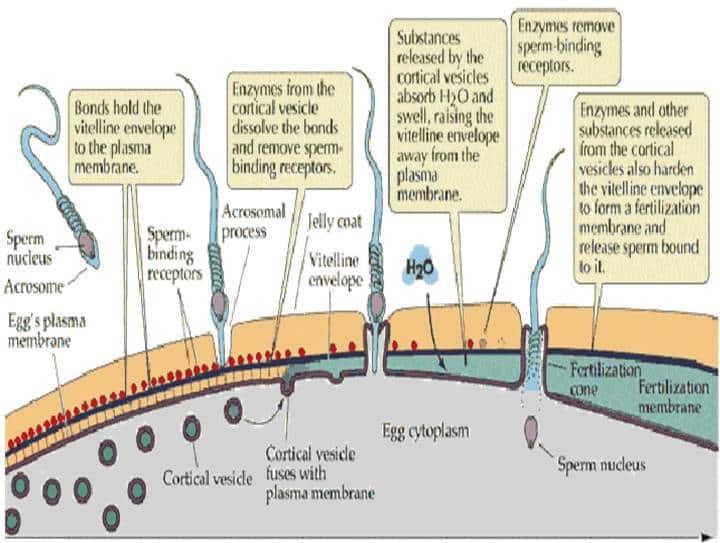
There are a number of factors that can influence the success of fertilization, including the quality and quantity of the sperm and egg cells, the presence of any antibodies or other molecules that could interfere with sperm-egg interaction, and the overall health of the male and female reproductive systems.
Nutrients Involved in Fertilization
| Nutrient | Role in Fertilization |
|---|---|
| Folic Acid | Promotes healthy sperm |
| Zinc | Supports sperm motility |
| Vitamin C | Enhances uterine environment |
| Omega-3 Fatty Acids | Improves egg quality |
| Iron | Ensures proper implantation |
| Calcium | Regulates sperm function |
Fertilization is a complex and fascinating process that is essential for the reproduction of all sexually reproducing organisms. By understanding the mechanism of fertilization, scientists can develop new methods to improve fertility and prevent infertility. ‘mechanism of fertilization’
Monospermic and Polyspermic Fertilization
Monospermic fertilization is the process of a single sperm cell fertilizing an egg cell. This is the most common type of fertilization in mammals, including humans. When monospermic fertilization occurs, the egg cell goes through a change called the cortical reaction, which prevents other sperm cells from fertilizing the egg.
Polyspermic fertilization is the process of multiple sperm cells fertilizing a single egg cell. This type of fertilization is more common in fish and amphibians, but it can also occur in mammals, such as humans. When polyspermic fertilization occurs, the egg cell may divide into multiple embryos, but these embryos are typically not viable and do not survive.
There are a number of factors that can influence whether monospermic or polyspermic fertilization occurs, including the number and quality of sperm cells, the thickness of the egg cell membrane, and the presence of any antibodies or other molecules that could interfere with sperm-egg interaction.
Monospermic fertilization is the preferred type of fertilization because it results in the formation of a single, healthy embryo. Polyspermic fertilization can lead to a number of problems, including:
- Twin or multiple gestation: When multiple sperm cells fertilize a single egg cell, it can result in the formation of twins or triplets. However, these twin or multiple gestations are often at risk of miscarriage or other complications.
- Triploid syndrome: When two sperm cells fertilize a single egg cell, it can result in the formation of a triploid embryo. Triploid embryos typically do not survive past the first trimester of pregnancy.
- Tetanus: When multiple sperm cells fertilize a single egg cell, it can result in the formation of a tetraploid embryo. Tetraploid embryos typically do not survive past the first trimester of pregnancy.
If you are concerned about the risk of polyspermic fertilization, you should talk to your doctor. There are a number of things that can be done to reduce the risk of polyspermic fertilization, such as using intrauterine insemination (IUI) or in vitro fertilization (IVF).
Significance of fertilization
It has a number of important significance, including:
It restores the diploid number of chromosomes: Gametes are haploid, meaning they contain half the number of chromosomes of a normal cell. When two gametes fuse during fertilization, they form a zygote with a diploid number of chromosomes. This is necessary for the development of a normal embryo and fetus.
It combines the genetic material from two parents: When two gametes fuse during fertilization, their genetic material is combined. This results in a zygote that is genetically unique from either parent. This genetic variation is important for the survival and adaptation of species.
It determines the sex of the offspring: In mammals, the sex of the offspring is determined by the presence or absence of a Y chromosome in the sperm cell. If the sperm cell contains a Y chromosome, the offspring will be male. If the sperm cell does not contain a Y chromosome, the offspring will be female.
It initiates the development of the embryo: Fertilization triggers a series of biochemical events that lead to the development of the embryo. These events include the activation of the zygote genome and the beginning of cell division.
In addition to the significance listed above, it also plays an important role in the following:
Evolution: Genetic variation is essential for evolution. It allows for the combination of genetic material from two parents, which can lead to the creation of new and beneficial traits in the offspring.
Species diversity: Fertilization allows for the production of offspring that are genetically different from their parents. This genetic diversity is important for the survival of species in the face of environmental changes.
Biodiversity: Fertilization also plays a role in maintaining biodiversity at the ecosystem level. By allowing for the production of offspring with a variety of genetic traits, fertilization helps to ensure that there are a variety of organisms present in an ecosystem.

